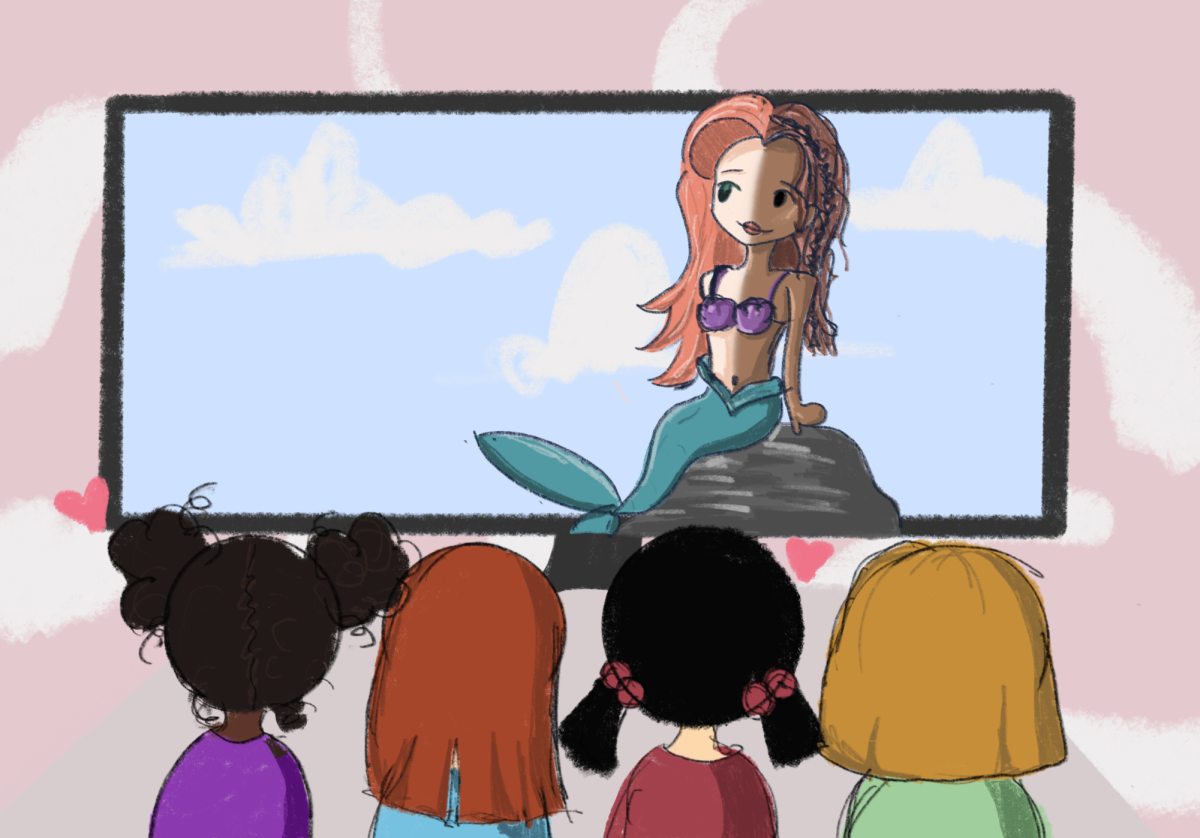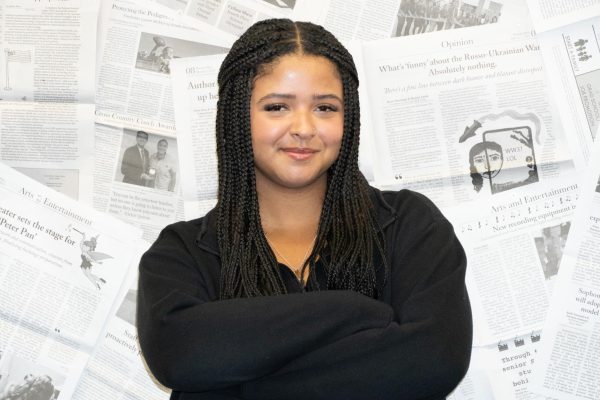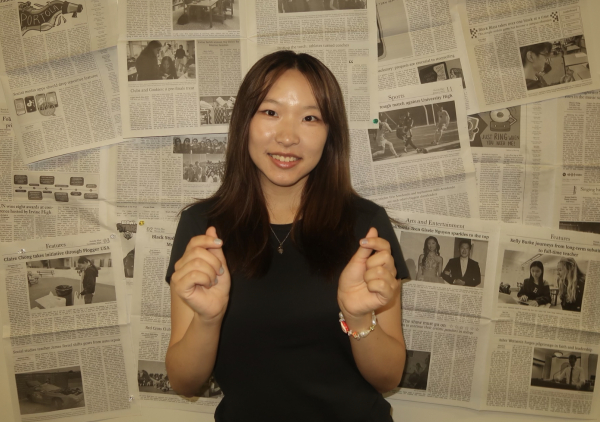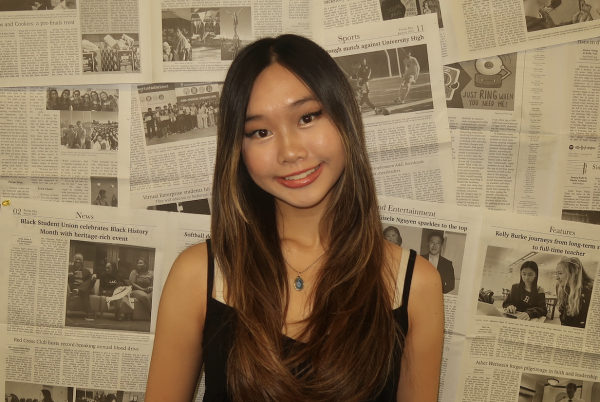A new trend in Disney’s filmmaking may cause beloved classic films to appear increasingly foreign to older generations. Instead of seeing familiar faces in the new live-action remakes of Disney’s older animated films, they may now find their favorite characters’ appearance completely altered. Albeit uncomfortable to some, Disney’s casting of people of color is vital to diverse representation in media, reflecting a world that is working towards correcting past disparities.
Rumored to be cast in Disney’s new live-action “Tangled” this year, Indian actress Avantika Vandanapu faced undue racist backlash with many Disney fans arguing for a blonde, white actress to play Rapunzel, according to Vogue. Similarly, Disney’s 2023 live-action “The Little Mermaid” stirred controversy when Black actress Halle Bailey was cast as Ariel rather than the red-haired, white woman of the iconic original, according to Variety.
“I can see why people are not happy with it if it’s a remake because they’re used to seeing the original, but I do think that it’s showing the fact that these people of color can be getting these major roles due to their skills, not necessarily what they look like,” math teacher Jessica Torres said.
Growing up as a first-generation Mexican-American, Torres said she found very little media representation of people with similar ethnic backgrounds. She applauds the diverse stories now being told by companies like Disney and believes that disrupting the status quo is bound to make people uncomfortable as it reflects a growing effort to uplift people of color.
Many critics of Disney’s new live-action movies claim the POC casting undermines their connection to the now-nostalgic characters’ original forms and serves only to reach diversity quotas, according to Vogue. These beliefs invalidate the hard work actors of color have put in and the discrimination they have faced to reach their achievements.
Considering a lack of racial representation historically, the media’s current portrayal of non-white stories can provide POC children with characters they can look up to, according to Black Student Union vice president and junior Sanaa Bullock. Based on her experiences, Bullock believes that diverse casting can give the younger generation a safe space to be themselves and feel accepted.
“Before watching ‘The Princess and the Frog,’ I felt connected to some of the Disney characters but not so close to where I could see myself on the screen,” Bullock said. “They were not of color, so I felt very detached from them.”
Casting should also be based on who better portrays a role and not limited by appearance, according to Torres. Fans who fail to consider the skills and merit of actors perpetuate the idea that people of color are undeserving of roles simply because of their race.
“There are generally fewer roles overall that are available to people of color,” senior Mason Hosokawa said. “A lot of what mainstream media [like Disney] is doing is providing more opportunities for people of color to have a chance to shine in Hollywood. It’s a great way to level the playing field and create a more equitable landscape of what media can be.”
By casting actors of color in their newest remakes, Disney has flipped the narrative on a historically discriminatory industry and provided their audiences with the representation that minority groups have been fighting for. Film fans should support the diversification of their favorite characters rather than criticizing actors because of their racial differences. Despite the changes, the essence of these films is still preserved in telling the same stories of determination and friendship, while promoting diversity and inclusion befitting the modern age.






